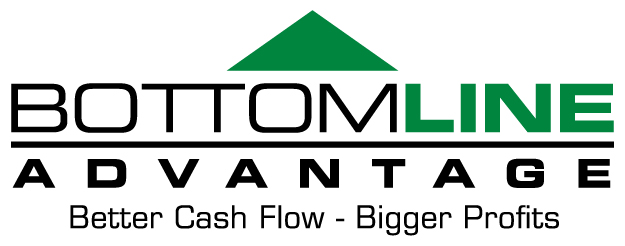- May 4, 2016
- Posted by: admin
- Category: Best-in-Class Vendor Agreements

For just a moment, think about your printers. They’re likely all over your office. Do you know how much you spend on them each month? How much an ink cartridge costs? Who services those machines, and how much they charge? How promptly they solve problems when printers break down?
If you haven’t really thought about it, you’re not alone. Executives and managers alike focus closely on the relationships they have with their employees and the suppliers that deliver the essential components for their products. But most leaders have a much more casual understanding of vendors that provide the products and services that “run in the background” but are essential for running a business.
Traditional vendor review techniques such as vendor bids don’t automatically lead to effective management of the vendors that indirectly support your operations by providing services such as printer and document management, IT support, or telecom services. Those bids provide only superficial views. You’ll certainly see the lowest bid, but you won’t know whether that low bid is actually the best available price — or whether the value you get is worth the cost.
To get a true sense of the value each vendor is bringing to your organization, it’s essential to have an insider’s knowledge of that vendor’s industry. Only with that level of understanding can you accurately and fairly assess vendor quotes and target places to save.
Vendor management best practices
The process of vendor management begins by selecting the right vendor for the right reasons, and it is achieved by implementing some important best practices.
- Analyze your vendor landscape. It’s impossible to know what you need until you know what you already have. A complete vendor analysis across the organization will give you that starting data. Don’t have the skills, time, or resources? Most leaders don’t; that’s where an Expense Category Expert (ECE) comes in handy.
- Scrutinize your prospects. Once you have analyzed the complete landscape of vendors across your organization, you have the opportunity to scrutinize what you have and compare it with what’s available in the market. Here again, an ECE is a valuable partner; the ECE brings specialized, insider knowledge of a particular vendor’s industry.
- Monitor vendor performance. Continuous monitoring of the vendor’s ability to deliver on promises is important. Shipping times, product quality, and completion of orders are all critical to your business. Poor performance puts you in the position of being able to renegotiate.
- Be open to new opportunities. Many business leaders find themselves in restrictive or exclusive vendor contracts that limit their access to new, potentially cost-saving opportunities. If a vendor’s performance is lacking, it’s time to proactively address a sticky contract and be open to new opportunities.
Now take another look at your printers. If you don’t know how much you are spending on them, it’s highly likely you have a huge opportunity to save your company some real money.
Working with an ECE who has deep knowledge of the vendor industry will provide the information and leverage you need to build solid relationships with your vendors and service providers. Your ECE will work with vendors to come to agreements that benefit your enterprise and theirs.
Ironclad Guarantee from BottomLine AdvantageYour “Ironclad Hard-Dollar Results Guarantee” states in writing the minimum net hard-dollar figure that a BottomLine Advantage expert will recover for you. If we don’t achieve that figure, we will complete your project, waive the performance-based fee, and you’ll keep 100% of the hard dollars recovered.
Our process has NO upfront costs and is never an expense.
To learn more, visit our website, read our case studies, or contact us directly.

